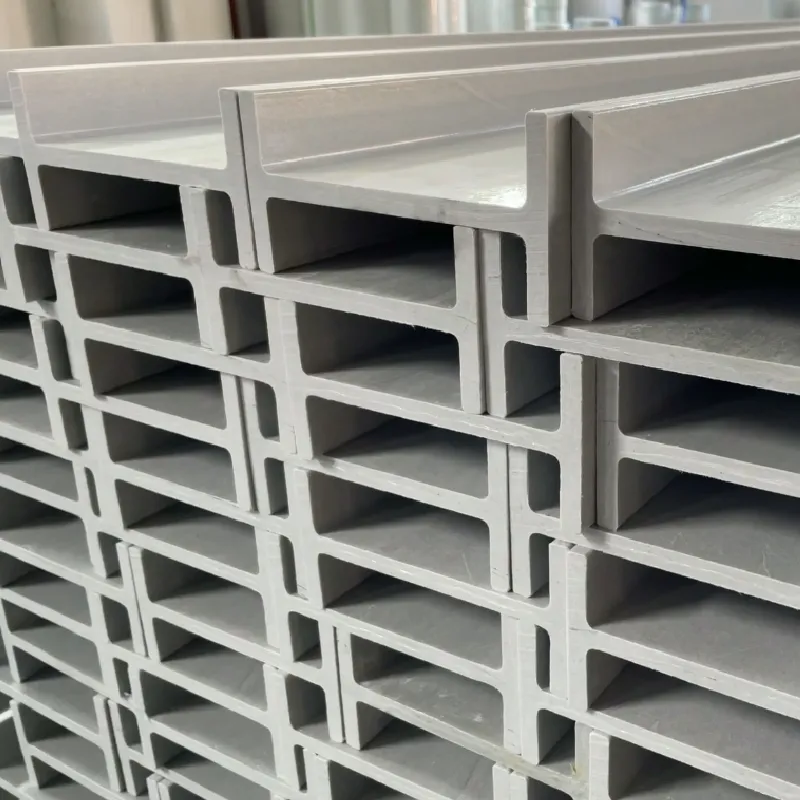loading...
- No. 9, Xingyuan South Street, Dongwaihuan Road, Zaoqiang County, Hengshui, Hebei, China
- admin@zjcomposites.com
- +86 15097380338
- Welcome to visit our website!
water pressure tank
Understanding Water Pressure Tanks Function, Benefits, and Maintenance
Water pressure tanks are crucial components in residential and commercial water systems, playing a vital role in maintaining consistent water pressure for various applications. These tanks ensure a steady supply of water, minimize energy consumption, and significantly enhance the efficiency of water pumps.
What is a Water Pressure Tank?
A water pressure tank, often referred to as a well tank or a pressure tank, is a container that holds water, allowing it to be readily available when needed. It typically consists of an inner chamber filled with water and an outer chamber filled with air. The air pressure above the water creates a force that pushes the water out of the tank and into the plumbing system when a faucet is opened. This system helps reduce the frequency of cycles that a pump undergoes, thus prolonging its lifespan and improving energy efficiency.
How Does It Work?
When water is drawn from the tank, the air pressure forces the stored water out through the plumbing system. Once the water level drops to a certain point, the pump is activated to refill the tank. The pressure switch in the system regulates the tank's pressure levels by turning the pump on and off at predetermined pressure settings. This interplay between the water and air chambers provides a reliable water supply without the need for constant pump operation.
Benefits of Water Pressure Tanks
1. Constant Water Pressure One of the primary benefits of a water pressure tank is the delivery of steady water pressure, which enhances the user experience in homes and businesses. It eliminates the annoying pressure fluctuations that can occur with direct pump systems.
2. Energy Efficiency By minimizing the number of start-stop cycles the pump experiences, pressure tanks contribute to lower energy consumption. This efficiency is not only cost-effective but also environmentally friendly, reducing the overall carbon footprint.
water pressure tank

3. Protection for Pumps The tank absorbs the shock that occurs when water is drawn from the system, which protects the pump from damage due to rapid pressure changes. This feature extends the pump's operational life and reduces maintenance costs.
4. Storage Water pressure tanks store a reserve of water, enabling users to access water during peak demand times or in the event of a power outage. This storage capacity is particularly beneficial in rural areas where well water is the primary source.
Maintenance of Water Pressure Tanks
While water pressure tanks are designed to be low-maintenance, regular inspections are necessary to ensure optimal performance. Here are some maintenance tips
1. Check the Air Pressure Regularly inspect and maintain the air pressure in the tank. A pressure gauge can help monitor levels. The air pressure should typically be set at 2 psi below the cut-in pressure of the pump.
2. Inspect for Leaks Periodically check for any signs of leaks in the tank or connections. Addressing leaks promptly can prevent water loss and maintain efficiency.
3. Clean and Sanitize If the water quality declines or if there is an unusual taste or odor, it may be necessary to clean and sanitize the tank and plumbing system.
4. Monitor Water Levels Keep an eye on the water levels and pump cycles. Frequent cycling may indicate issues such as a faulty pressure switch or a leaky system, which should be addressed immediately.
In conclusion, water pressure tanks are essential for efficient water management in various settings. Understanding their function and upkeep can greatly enhance their effectiveness, ensuring a reliable water supply and improved energy savings in home and business environments. By following simple maintenance practices, users can enjoy the benefits of consistent water pressure for years to come.
-
The Rise of FRP Profiles: Strong, Lightweight, and Built to LastNewsJul.14,2025
-
SMC Panel Tanks: A Modern Water Storage Solution for All EnvironmentsNewsJul.14,2025
-
GRP Grating: A Modern Solution for Safe and Durable Access SystemsNewsJul.14,2025
-
Galvanized Steel Water Tanks: Durable, Reliable, and Ready for UseNewsJul.14,2025
-
FRP Mini Mesh Grating: The Safer, Smarter Flooring SolutionNewsJul.14,2025
-
Exploring FRP Vessels: Durable Solutions for Modern Fluid HandlingNewsJul.14,2025
-
GRP Structures: The Future of Lightweight, High-Performance EngineeringNewsJun.20,2025
